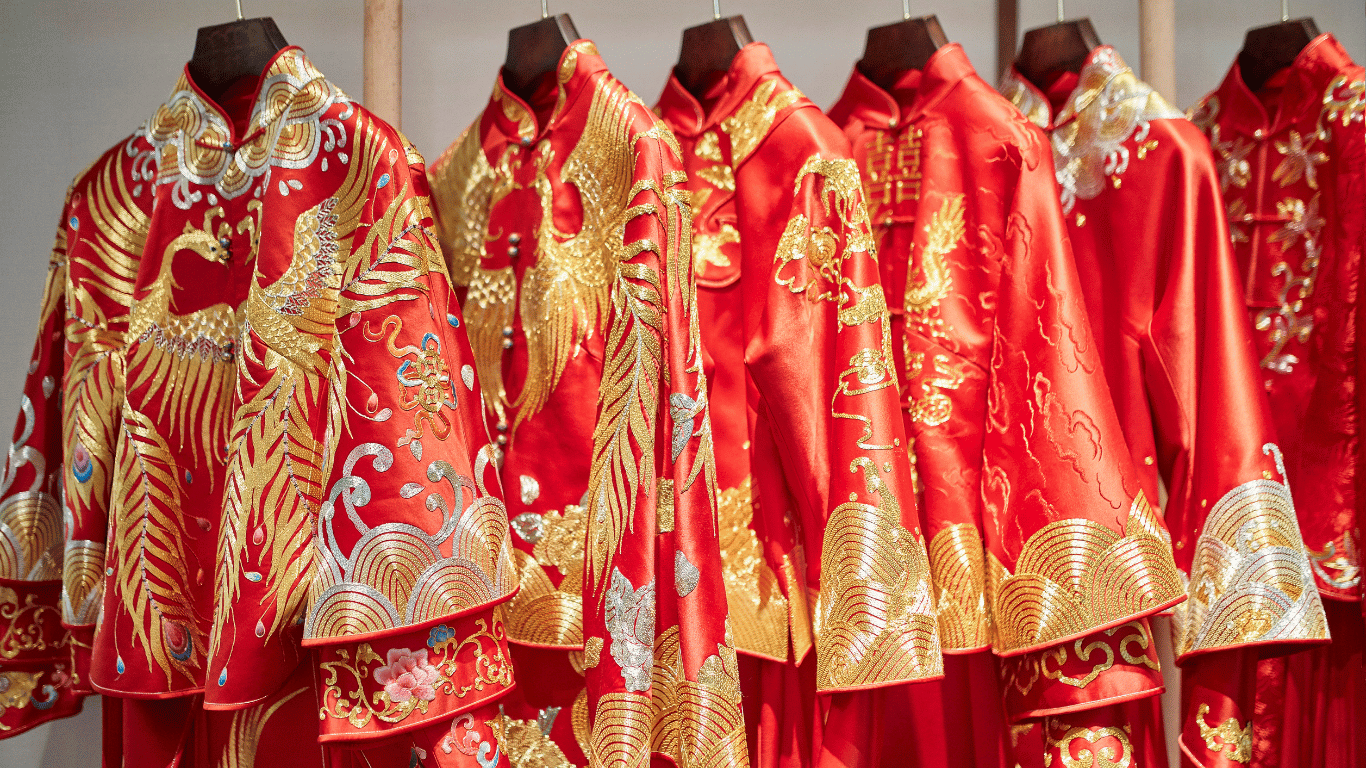Female Traditional Moroccan Clothing and some common costumes are deeply in the country’s recognition and tradition.
For everyday use, a lot of Moroccans—mostly the youthful ones—choose to dress in modern Western clothing; however, for ceremonial moments and exceptional moments, traditions usually change.
Further to being beautiful and enjoyable, traditional Moroccan clothing’s long, flowing costumes for the religious rule are beneficial for continuous cool in the hot season and bright climate.
Djellaba
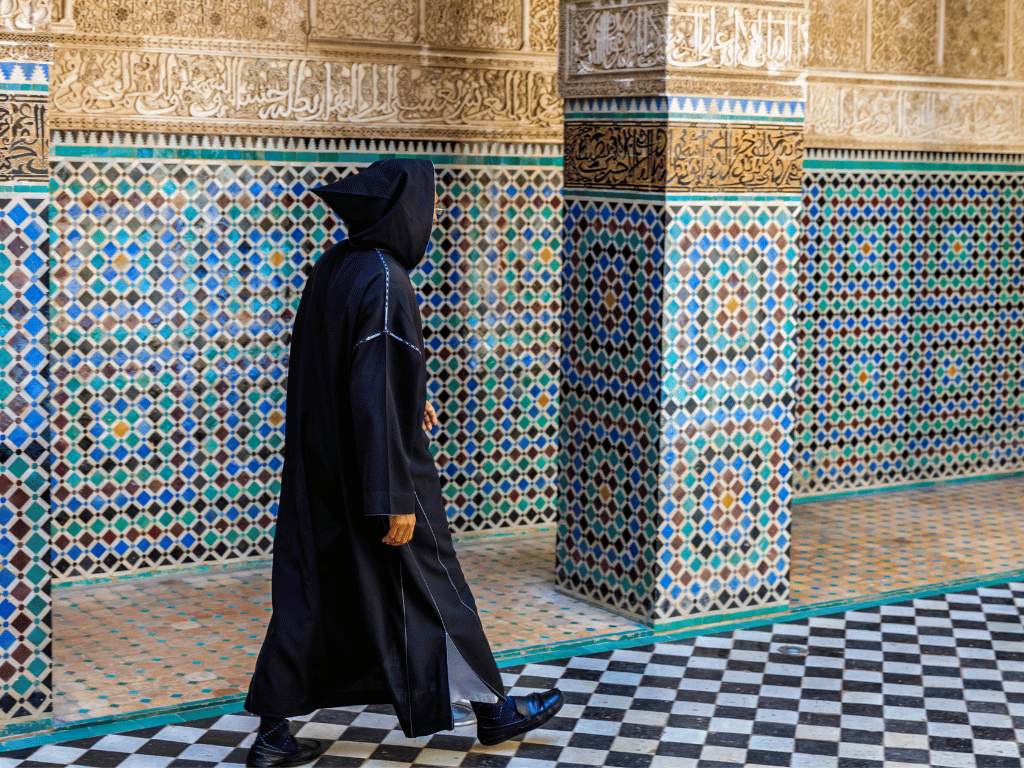
The djellaba is one of the female traditional Moroccan clothing. The djellaba may have started in Morocco and many more North African nations, but it remains one of the many popular articles of apparel tattered by Moroccans.
Both men and women can wear it. Long and loose robes like the djellaba are frequently set on other clothing.
It features a sharp cowl and lengthy sleeves. People can stay hot in the winter and accept coolness from the sharp in the summer.
It also stopped sand from blowing in someone’s face in the past when there were many nomadic and desert-dwelling peoples.
Although cotton djellabas are also gaining demand, woolen djellabas are very much cultural. Naturally, woolen clothing refers to clothing worn throughout the colder winter season, but on warm, sunny days, lightweight cotton dellabas are better.
The clothing comes in different colors and can be put in various contexts, as well as orderly activities and ceremonial events.
Gandoura
The two main differences between a gandoura and a djellaba are that the old one lacks a cowl and has smaller sleeves. It comes in different colors and is suitable for both sexes to wear.
It regularly changes in the summer; however, it is usually not for expanded periods externally due to the smaller sleeves, which increase the risk of sunburn.
Kaftan
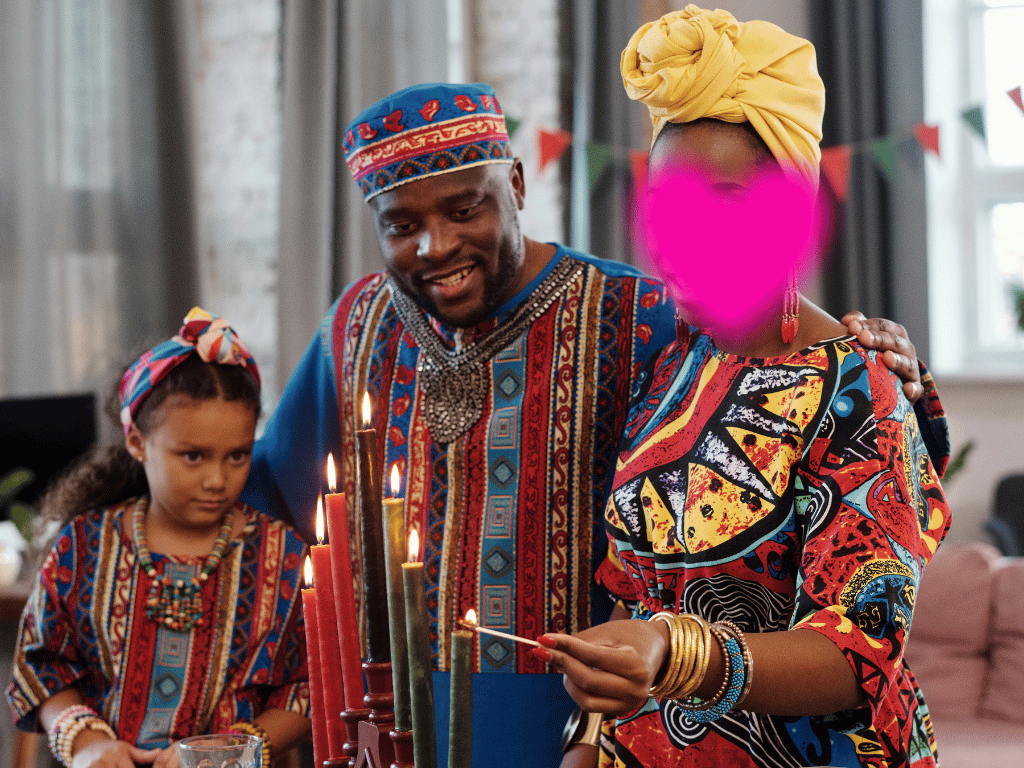
A further long, flowing robe-similar garment famous in Morocco is the kaftan. However, only females wear kaftans, as opposed to djellaba.
But historically, it was part of the judges’ ceremonial attire.
The kaftan was originally a close symbol of honesty and royalty, but during the Saadian dynasty, its use spread to include the general public.
Kaftans are typically elaborate and voguish, featuring exquisite embroidery, beads, and sequins sewed onto opulent textiles.
Even kaftan production includes many materials, such as wool or cotton; the most elegant ones are luxurious velvet or fine silk.
While kaftans are put on as dresses in Morocco, women wear outerwear in many countries. Sleeves on Moroccan kaftans can be long or short, fitted or loose.
Tackchita
The Tackchita, a Moroccan garment worn by women, is arguably the most elegant and formal piece of apparel for women. It is a special occasion item, best for weddings, and not worn every day.
The Tackchita frequently has exquisite designs and particulars, only like fancy kaftans. It’s a two-piece costume with an overdress and an underdress.
To generate a further waist, a vast belt is put on the two sections of the over-dress, which is typically much more designed than the under-section.
Usually fastened around the upper part and snugged at the waist, the Tackchita waterfall beautifully to the floor.
Afterward, the top can be entirely fastened up the front or just down to the waist, disclosing the bottom part of the underdress.
Abaya
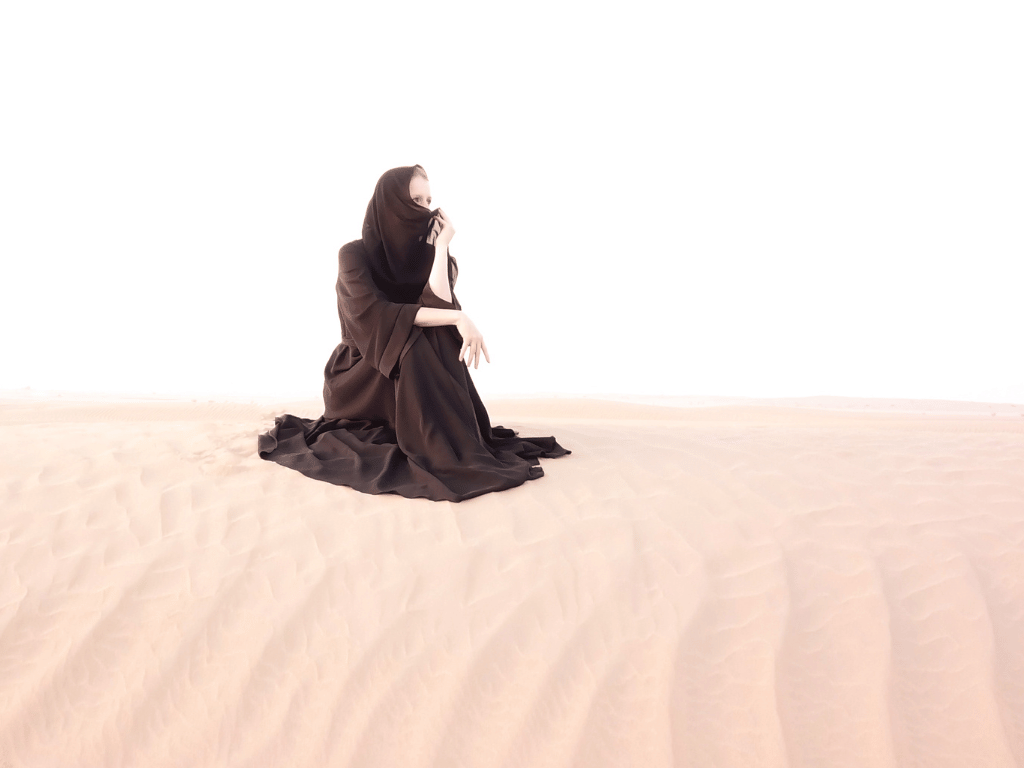
Abaya is the great traditional dress of female traditional Moroccan clothing. Almost all Moroccan women have an abaya in their locker every time. When a woman is out in public, she wears this overlayer over her other clothing to cover up her figure.
It’s a long, insecure garment that covers the whole body except the head, feet, and hands. It is similar to a cloak.
While a lot of Moroccan women favor covering up in this method when they are not at home, not all of them opt to wear the abaya daily.
Tahruyt
Berber women regularly don Tahruyts, which are huge, good-looking design handcrafts that double as headdresses, mostly those who occupy mountainous areas.
It is made up of two dark-colored cloth pieces that have been sewn together and embellished with vibrant, finely embroidered details.
It is convinced that elaboration is attached to the historical traditions of Berber classification that involved facial tattooing; the single design is assumed to represent the representative character of the facial markings.
With one corner folded above and inserted in at the shoulder, the long section of cloth that shelters the head can be draped over the shoulders and upper body. Tassels adorn the scarves of certain women, framing their faces.
Tarbouche
A lot of people refer to the Tarbouche hat as the Fez instead of its original name. It does not originate from Morocco, as many people believe, or even from the Moroccan town of Fez.
It’s a hard hat with a tassel that looks a lot similar to the bottom of a cone. It is an official costume for certain women in Morocco. The Royal Guard may wear it during ceremonial duties.
Tagiyah
The Jewish kippah, a short, rounded helmet, is similar to the taqiyah, another design of headgear worn by men. For Muslims, it represents their passionate religious confidence. The taqiyah is usually white, but it comes in a variety of colors.
Hijab
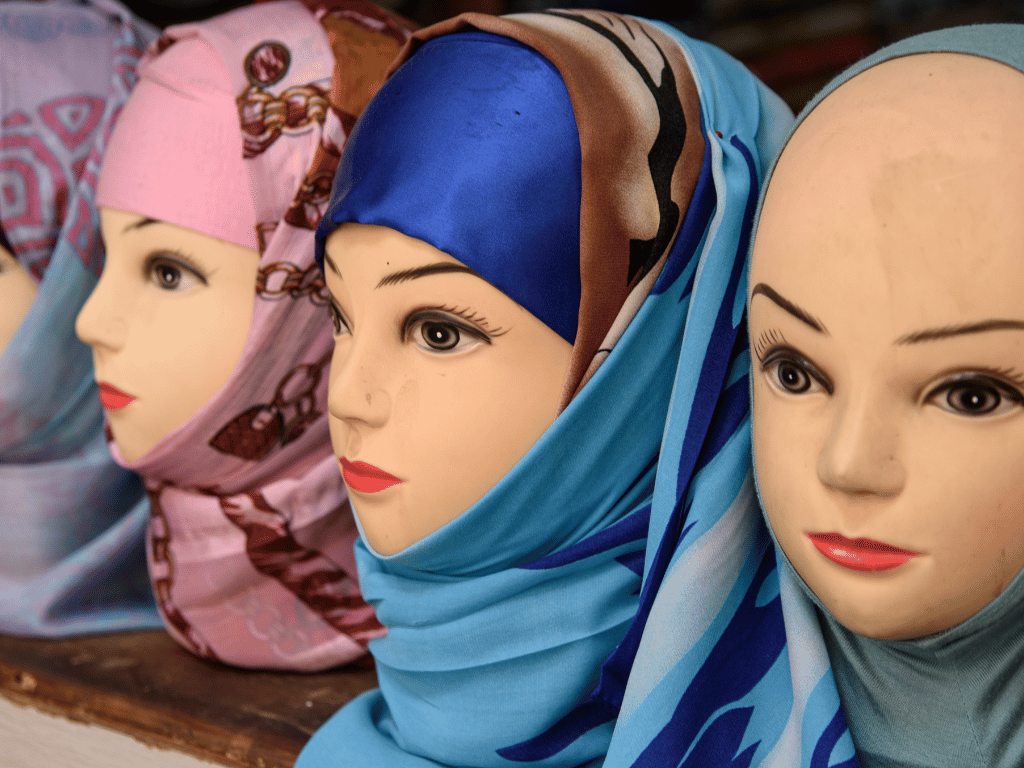
One sort of head covering that Muslim women often wear is the hijab. A headscarf is accessible in a range of colors. A lot of women prefer to wear a hijab that coordinates with their abaya or other costumes. Not every Moroccan woman chooses to don the headscarf.
Balgha
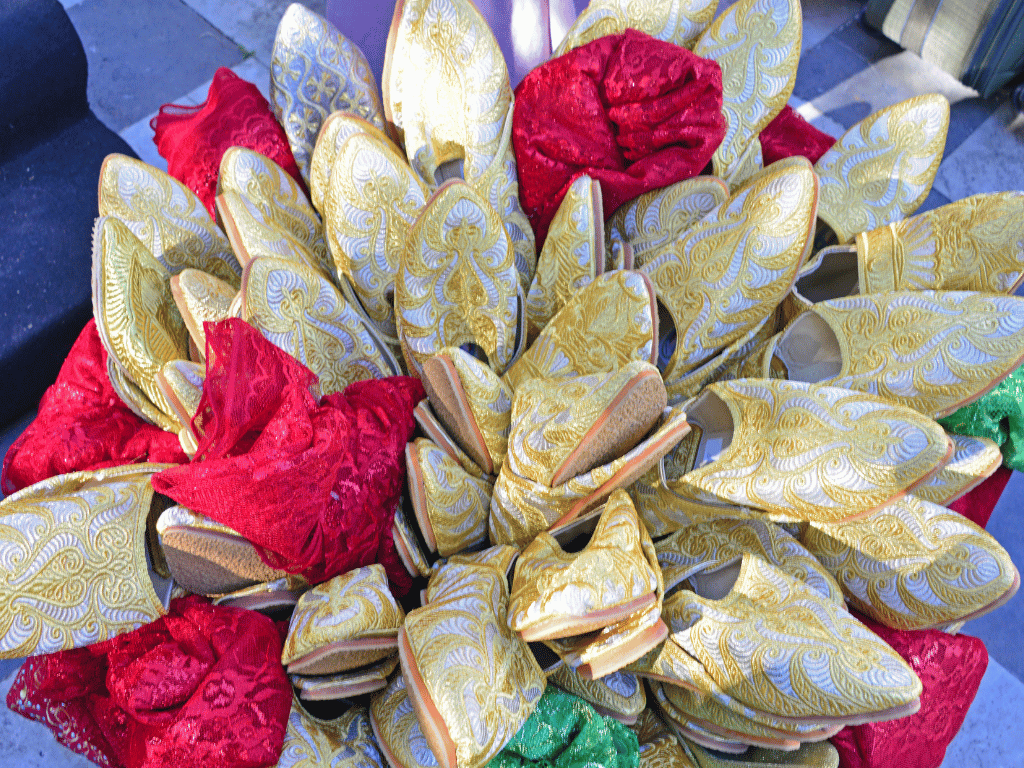
The balgha is a cultural design of shoes in Morocco, also popular as the babouche. Wearable inside and out, the leather shoes have a slipper-similar surface (Nevertheless, taking off your shoes when entering a house with carpets is still customary.)
Balgha comes in a variety of colors and designs, from the rather uncomplicated to the complicated decorated. The slippers are available in souks all over the country and have cultural values in Fez and Morocco. Even though many tough shoes are usually for daily use, the Balgha is still normally put on special occasions and throughout religious celebrations.
Henna
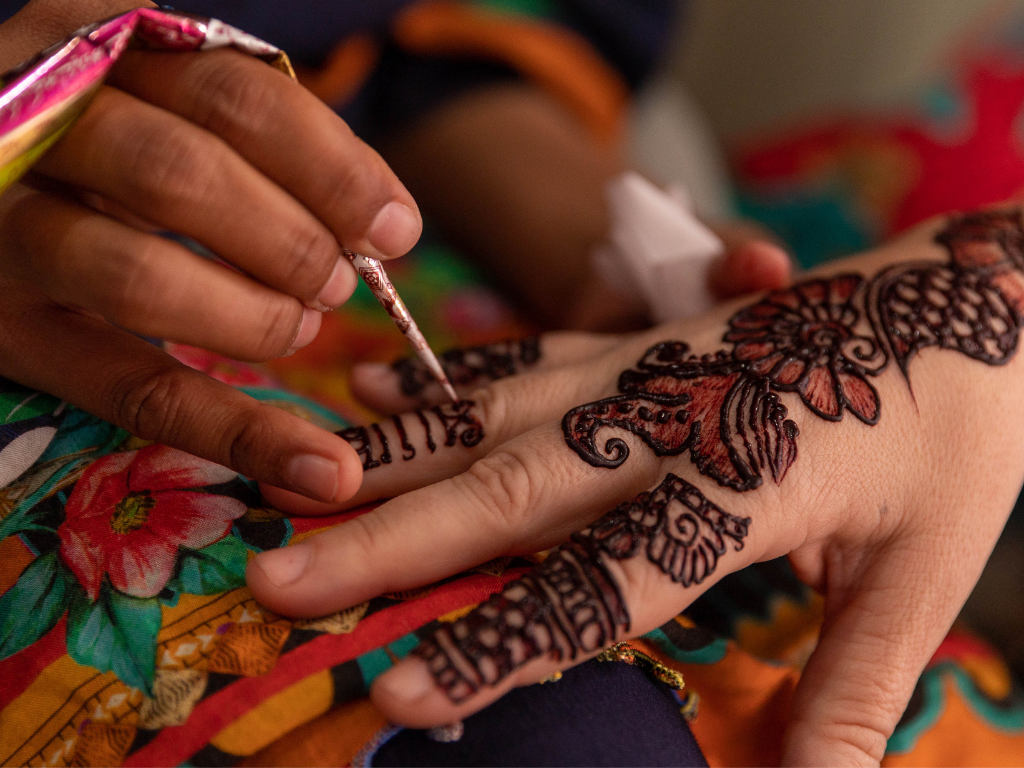
In Morocco, henna skin style are very important. Even though henna is artistic charming, its use regularly offers advantages beyond appearance. Henna styles bring good luck and help ward off bad luck according to customary Berber beliefs.
Along with floral styles, swirls, and geometric forms, complicated henna tattoos regularly include diamonds, eyes, and khamsa hand signs.
Where to Purchase Female Traditional Moroccan Clothes
The nation’s souks are often the greatest sites to purchase original cultural Moroccan apparel. As you meander through the busy marketplaces, you will eventually come across sellers offering apparel. While many sellers have a broad selection, others specialize in a specific type of clothing. Always remember that haggling is regularly accepted.
If you’re looking for beautiful and well-made Tackchitas and kaftans, it might be great to go to an expert store. The latest neighborhood of Gueliz in Marrakech has a ton of fashion stores, and Sidi Ghanem, the former industrial district, has even more hidden gems. It’s very uncomplicated to locate Female traditional Moroccan clothing!

